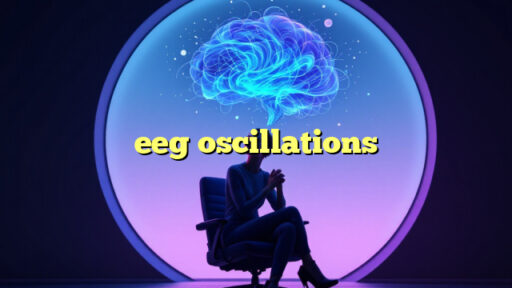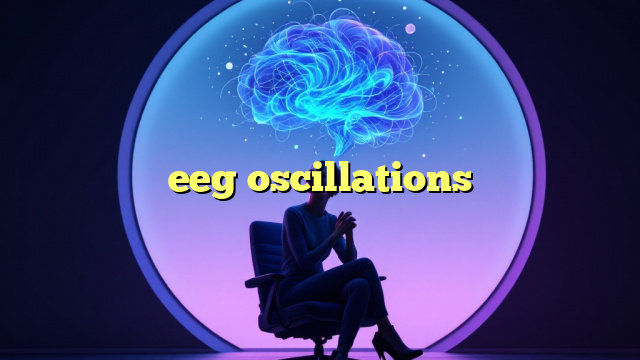Electroencephalography (EEG) is a widely used technique to record the electrical activity of the brain. EEG oscillations refer to the rhythmic patterns of neural activity that can be observed in the EEG signal. These oscillations are important indicators of brain function and can provide valuable insights into various cognitive processes.
Types of EEG Oscillations
There are several types of EEG oscillations that are classified based on their frequency ranges. Some of the most common types include:
- Delta waves (0.5-4 Hz): These are slow oscillations that are typically observed during deep sleep.
- Theta waves (4-8 Hz): These waves are associated with relaxation and may be present during meditation or light sleep.
- Alpha waves (8-12 Hz): Alpha oscillations are observed when the brain is in a relaxed but alert state, such as during meditation or daydreaming.
- Beta waves (12-30 Hz): These waves are associated with active thinking and may be present during problem-solving or concentration.
- Gamma waves (30-100 Hz): Gamma oscillations are involved in higher cognitive functions and are often associated with perception and consciousness.
Functions of EEG Oscillations
EEG oscillations play a crucial role in various cognitive processes, including:
- Memory formation and retrieval
- Attention and focus
- Emotional regulation
- Motor coordination
- Language processing
Factors Influencing EEG Oscillations
Several factors can influence the amplitude and frequency of EEG oscillations, including:
- Sleep stages: Different EEG oscillations are associated with different stages of sleep, such as slow-wave sleep and REM sleep.
- Age: The frequency and amplitude of EEG oscillations may vary with age, with certain patterns more common in children or older adults.
- Brain disorders: Disorders such as epilepsy, Alzheimer's disease, and Parkinson's disease can lead to abnormal EEG oscillations.
- Medication: Certain medications can affect EEG oscillations and may alter brain activity.
Conclusion
EEG oscillations are important indicators of brain function and can provide valuable insights into cognitive processes. Understanding the different types of EEG oscillations and the factors influencing them can help researchers and healthcare professionals better interpret EEG data and diagnose neurological conditions.
FAQs
What is the significance of EEG oscillations?
EEG oscillations provide valuable information about brain function and can help researchers and healthcare professionals understand cognitive processes, diagnose neurological disorders, and monitor treatment outcomes.
Can EEG oscillations be used to study sleep patterns?
Yes, EEG oscillations are commonly used to study sleep patterns and different stages of sleep, such as slow-wave sleep and REM sleep. These oscillations can help researchers understand the mechanisms underlying sleep and identify sleep disorders.
How are EEG oscillations measured?
EEG oscillations are measured using electrodes placed on the scalp that record the electrical activity of the brain. The EEG signal is then processed to identify different oscillatory patterns.
Unlock Your Mental Potential




